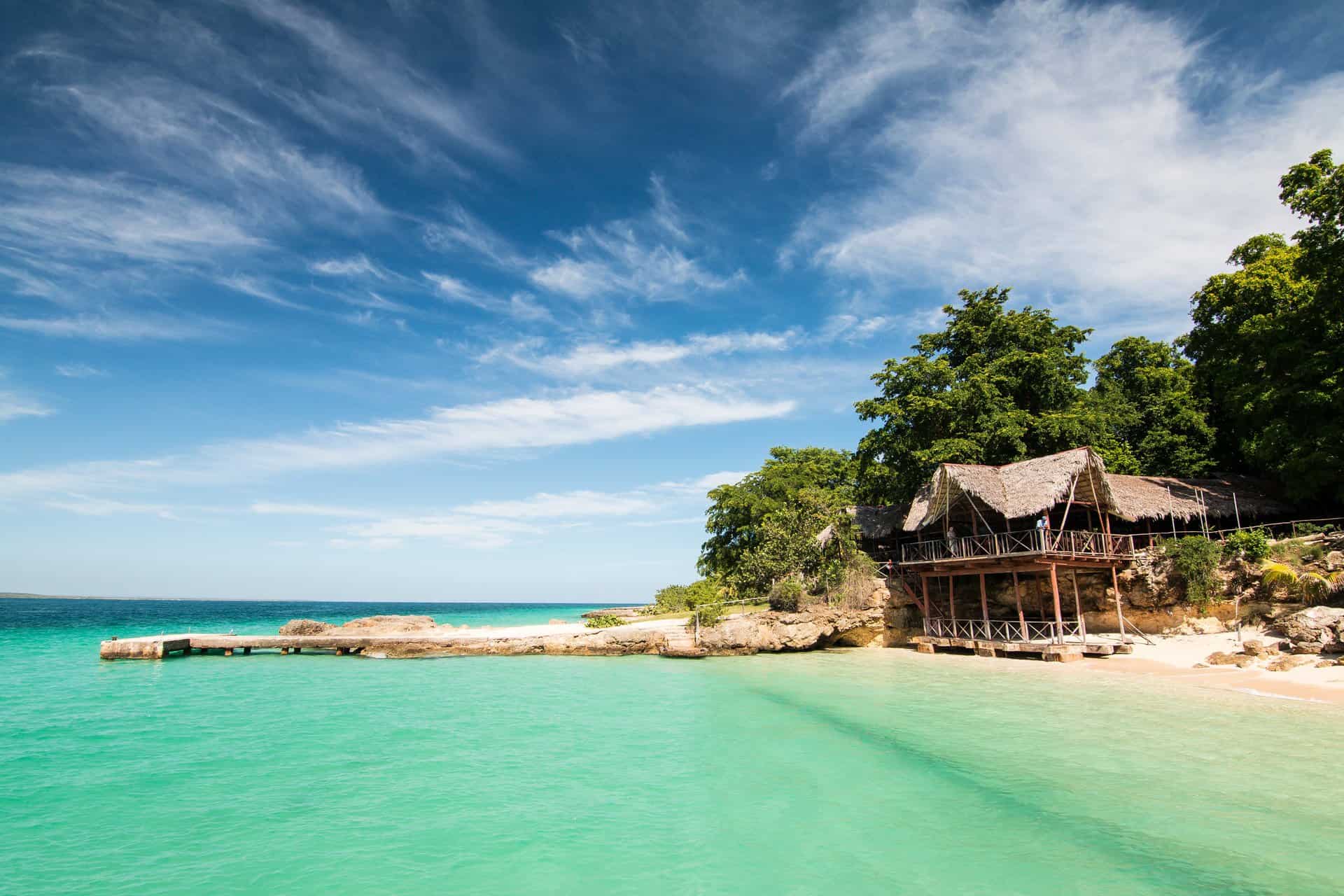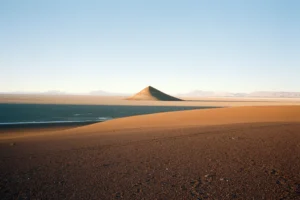
We touch base with Michael Turek from his apartment in New York
We heard about his passion for film photography and the creativity it brings with it, which has taken him to some of the wildest corners of the globe. Michael is a Kodak Professional Ambassador and leads workshops with the Kodak Camera Club.
For those interested in photography-led travel, you can check out our Small Group Photography tour of Northwest Argentina, led by the incredible Michael Turek himself in partnership with Kodak. Learn from the best as you capture the drama of this region, traversing desert plateaus and Andean mountains in a 4×4.
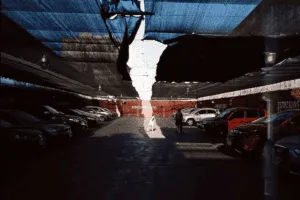
How did you discover photography?
As a kid growing up, I’d spend my summer holidays in England visiting family. My aunt and uncle gave me a camera when I was eight, and I’ve been obsessively making photographs ever since. In high school, I had a photo teacher who really pushed me and planted the idea that I could actually go to university for photography and make a career out of it.
Why do you prefer shooting on film?
It’s worth noting that I spent eight years working digitally before coming back to film photography. My return to film owes much to my partner Rosanna, who upon moving into my apt, opened the fridge, saw all this old film inside, and told me to use it up, or else it was getting tossed out. So, on my next trip back to Yorkshire I used up all the old expired film, and it felt like a revelation after digital. More than the images themselves, it was the actual experience of shooting on film that drew me back.
Counterintuitively, I found the limitations of having just 10 or 20 shots per roll, and the inability to immediately see the image on the back of the camera allowed me to focus on the moment in a more thoughtful way. Parameters are often described as being conducive to creativity, and the limitations of film forced me to be more mindful. Shooting film makes me feel more intentional. I feel a deeper engagement with my subject, whether it’s a portrait or a landscape or waiting for some decisive moment to occur. Without the temptation to look at the LCD screen, my eyes remain up, looking at the scene, waiting, ready, and anticipating.
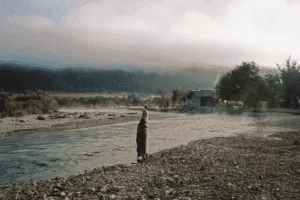
What are some of the advantages and challenges of shooting on film?
Probably the most stressful part of shooting film photography is asking for hand checks at airport security in order to avoid the x-ray scanners. Changing film in the rain (or on horseback, trying to keep up with Jakob galloping away) can be a bit tricky. Otherwise, the advantages far outweigh the disadvantages – I save weight because I don’t have to bring so many extra batteries and hard drives compared to digital. Another benefit of shooting film on long assignments is being able to get to sleep quickly, instead of staying up to download and back up memory cards.
Where do you find inspiration?
I’ve always been very attracted by collage and illustration for its surrealism which I like to remind myself to try to incorporate into my photography. Mike McQuade is a graphic artist whose work is incredibly exciting, and his use of photography is fantastic. His compositions are so arresting and audacious. His ability to express ideas is something I find very inspiring.
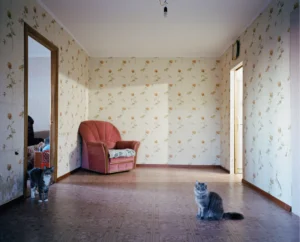
Tell us about some of the more off-beat destinations film photography has taken you to.
My photographic monograph Siberia – my first book, has just been published by Damiani. I started this project in 2016 alongside British writer, Sophy Roberts, on her slightly mad search for a lost piano. I worked out that I spent well over 100 days in Russia over multiple trips, and the place has left a very deep impression. Siberia was always a huge blank part of the map in my mind, and the project developed into an exploration of the intense discrepancies between the Western mythologies I grew up with and what I actually found.
Where do you find escapism when not working?
I have two escapes; one is five minutes from my apartment, and the other requires an overnight flight. When I’m home and want to get away from the computer, I ride my bike to a secret fishing spot along an old industrial waterway that divides Brooklyn from Queens. In a post-apocalyptic sort of way, it’s quite photogenic, and not many people know there are fish there, but it’s peaceful and it’s my local happy place. But for my deepest commune with nature, there’s no place in the world I’d rather be than in the Yorkshire Dales.
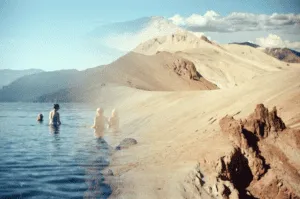
What do you never travel without?
Dental floss. There’s nothing worse than being stuck on a long flight with a piece of food stuck in your teeth without any way to get at it.
Where would you most like to visit next?
Anywhere would be fantastic at this moment of self-isolation in my apartment. I was supposed to be working on a project near Donegal on the coast of Ireland, but that’s been put off by COVID-19, so I’m hoping I can still get there one day.
Where’s your favourite place in Latin America for taking photos and why?
The Atacama Desert, on a moonless night – it’s one thing to have a brightly lit night from the moon, but it’s an entirely different sensation to be walking around an otherworldly landscape at night and to see perfectly well just with starlight.
Related Stories
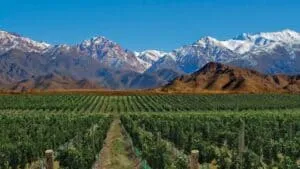
Cathy Brown’s Advice on Mendoza, Argentina | Plan South America
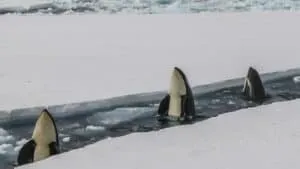
Adventure To The White Continent | Plan South America
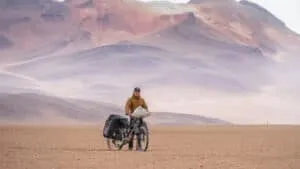
An Interview with Dimitri Poffé | ExploreForHuntington
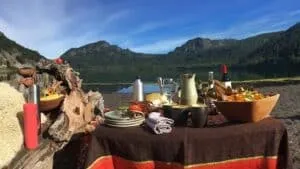
Allie Lazar | Foodie Travel Guide – Pick Up The Fork | Plan South America
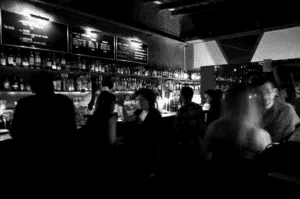
Faces of South America | Julián Díaz
@plansouthamerica
